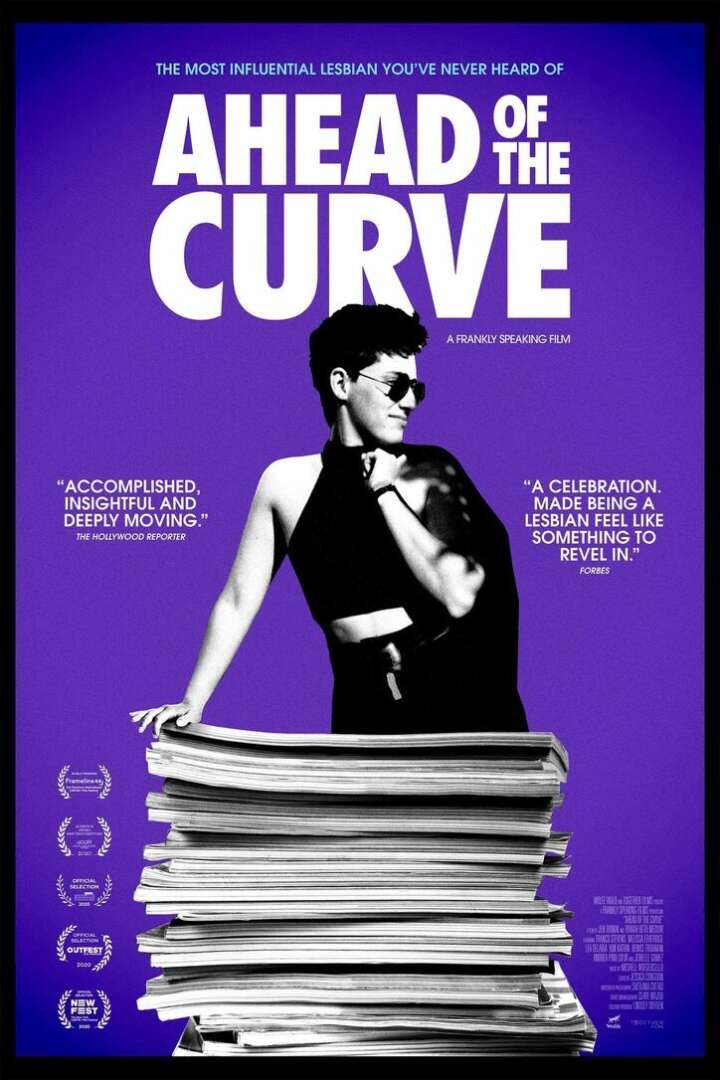We caught up with the brilliant and insightful Franco Stevens a few weeks ago and have shared our conversation below.
Hi Franco, thanks for joining us today. Let’s talk about innovation. What’s the most innovative thing you’ve done in your career?
Almost everything about Curve magazine required creativity, from funding to distribution. Some may call it innovative, and some may call it crazy – but the funds to start the business were acquired by cashing out a bunch of credit cards and heading to the horse races! It was 1990, and the country was in a recession — the last thing any bank or private funder wanted to do was invest in the first-ever lesbian lifestyle magazine, especially when the prospective founder was a 22-year-old unproven entrepreneur. Although I wouldn’t suggest this method of starting any business, luck was on my side that day, and I walked away from the race track with enough money to start the magazine and print the first three editions of what would become a legacy in the LGBTQ+ community for generations to come.
Many of our other decisions required creative thinking, including the magazine’s distribution. This was a time before the internet, and we were trying to reach an audience that was largely underground. There were few lesbian mailing lists, and no social media groups to join. The only way for us to meet our potential readers on a national scale was to drive from town to town across the country like a band on tour. We would pack up the minivan full of magazines in San Francisco, often leaving at 6 am to get to our destination, where we had a reader who would host us. We’d set up a table at a local women’s bookstore or a coffee shop, do radio station interviews and hand out magazines at local lesbian bars or clubs. We were sleeping on sofas, relying on word of mouth and the support and generosity of our readers. Some days we would drive 600+ miles and do four events, sleep on a futon for a few hours, and then wake up to do the same thing the next day.
Once we had interested readers, we were still faced with the problem of how to deliver the magazine to people living in areas of the country where being outed was potentially dangerous. After a lot of back and forth, we decided to boldly display the word “Lesbian” on the cover, which was a huge win for visibility, but meant that even picking up the magazine in a bookstore was an act of resistance. We had readers living in extremely homophobic areas like the deep South and in the military, so the distribution of the magazine needed to be discrete. It is a core belief at Curve that every individual should be able to make the decision about when and where to come out. This is often a matter of safety for subscribers. Even though it was more expensive, we opted to ship every copy covered in a plain envelope due to the gravity of the situation.
We faced a difficult decision regarding the magazine as more readers shifted to online platforms for queer content. A print magazine was no longer serving the purpose and mission of Curve magazine, which is to champion lesbian, queer women, transgender and nonbinary people’s stories and culture through intergenerational programming and community building. We knew it was crucial to preserve the 30-year archive of queer women’s history, including the women who shaped our community and made lasting impacts, legal battles such as “Don’t Ask, Don’t Tell” and the fight for marriage equality, as well as the cultural importance of films, books, and music over these decades. We decided to create our nonprofit, The Curve Foundation, and donate the magazine to the foundation. All of the content is now freely available to anyone online so that our mission can live on in perpetuity. There is also a documentary on Netflix now, called AHEAD OF THE CURVE, if you want to learn more about me or the magazine’s history!
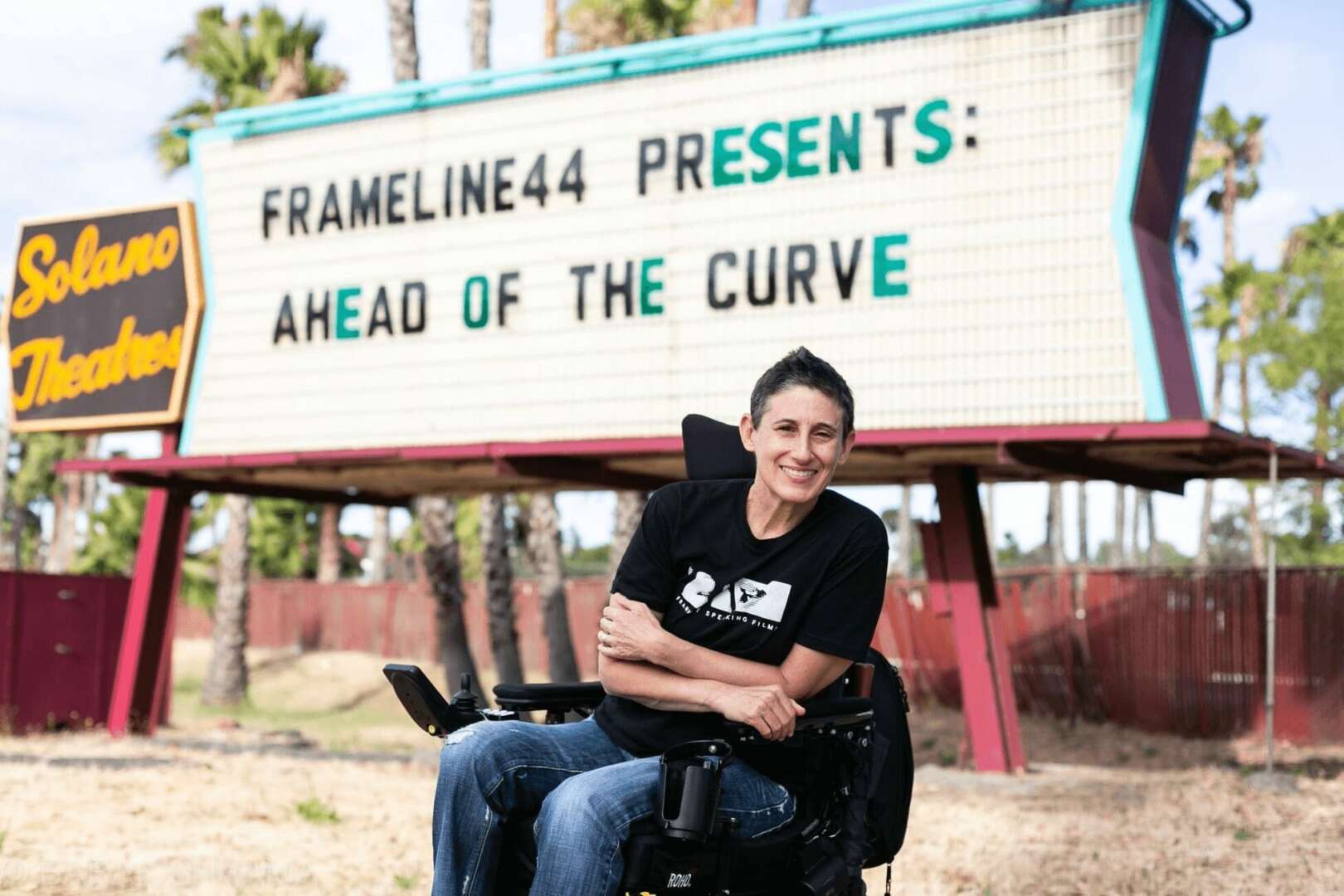
Franco, before we move on to more of these sorts of questions, can you take some time to bring our readers up to speed on you and what you do?
I grew up in the ‘70s and ‘80s with almost no LGBTQ+ representation, and it wasn’t until college that I even came across the idea of different identities. I knew immediately that this was me, and as I was coming out, I wanted to know everything about how to be a lesbian in the world — how to talk and dress, what to read and where to go, what the cool lesbians were up to. But I also wanted to know how to just be “normal” in a world where being a lesbian was not. At 22 years old, I was missing any sense of community, and I remember I kept wishing there was a handy little guide on how to be a lesbian.
I got into the magazine industry because I wanted something that didn’t exist at the time. I started the magazine for myself and for those like me, and I knew from the start that I wanted the magazine to be full-color and glossy. I wanted to show that our community, who had always been treated as second-class citizens, could have something beautiful, sophisticated, and cool to be proud of. Through the course of publishing, I never imagined the magazine would have such longevity! The first issue of Curve (then called Deneuve magazine) didn’t even have the year listed on it, as I didn’t expect we’d be publishing more than a few editions.
Looking back at the old copies, the magazine was way ahead of its time in many ways. This was before online platforms; where else could you find the latest lesbian book releases or an advice column from a butch versus femme perspective? We were one of the first publications to openly talk about controversial topics like trans-inclusion in the lesbian community. Looking back on the last three decades, I’m most proud that we were able to carve out a space for queer women where there wasn’t one, elevating and providing a platform for marginalized voices, and leaving this platform and history as our legacy.
So many women continue to tell us that Curve transformed their lives at a time when they felt completely alone. I’m proud of the way the magazine has impacted people over time. Curve has always let people know they are worthy of having something loud, proud, stylish, and honest, and that they deserve a space and a voice. The magazine had a goal of including and elevating as many people in the community as possible, and we wanted to show that queer women are bold, beautiful, powerful, and diverse. I am honored that this history and legacy will live on through The Curve Foundation, and I’m excited to continue elevating our community by sharing our culture and stories. If you would like to get involved or support our cause, we are always looking to collaborate! Find out more at: TheCurveFoundation.org and CurveMag.com.
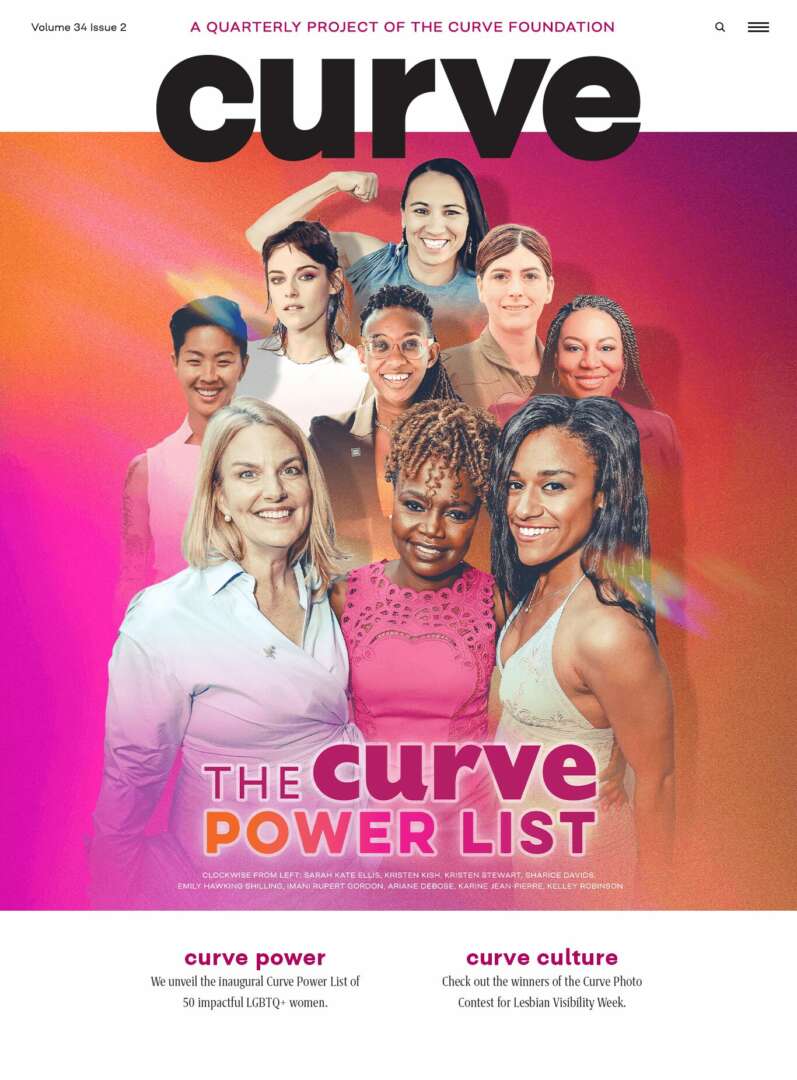
Conversations about M&A are often focused on multibillion dollar transactions – but M&A can be an important part of a small or medium business owner’s journey. We’d love to hear about your experience with selling businesses.
Yes. I was injured at work, and ironically, it was an accident involving boxes of magazines that caused the injury. After years of excruciating pain and surgeries and not being able to run the business with my full attention, I had to make the hard decision to let the magazine go. For a long time, I couldn’t get out of bed, and the staff was running the magazine without me. I sold Curve to a like-minded publisher who had shown interest in buying it over the years because I knew it was in the magazine’s best interest. Selling the magazine was a way to keep it going and preserve the impact it had already made, and selling to another lesbian publisher was a way to ensure that it remained in the community and in good hands. It was such an odd experience the first time I got the magazine as a subscriber, not knowing what it would look like or what the content would be. I felt almost like a parent when their child leaves home, and they suddenly have no input or idea of what’s going to happen to the thing they dedicated their life to for so many years.
Years after selling, the publisher that bought the magazine called me up to say the magazine wasn’t going to make it. She was looking for a way to keep the magazine going, but print media was failing and the options were to sell or shutter it completely. The magazine was an extremely valuable asset to so many: a 30-year archive of queer women’s history and culture containing so much of what had happened in the US and around the world during those decades. It would have been such a huge loss for our community. We wanted to find a way to preserve the archive in perpetuity and continue the original mission of the magazine by championing queer women’s stories and culture and building community. My wife and I bought the magazine back and donated it to a newly formed nonprofit, The Curve Foundation, and this is how the mission lives today.
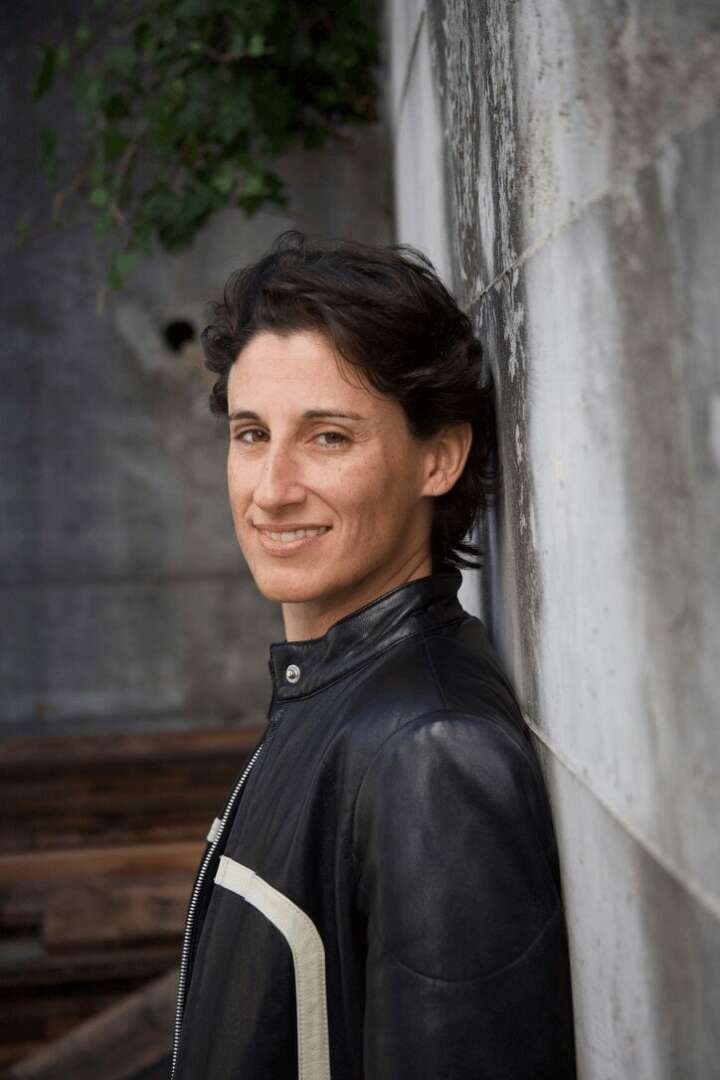
Can you talk to us about your experience with selling businesses?
.
Contact Info:
- Website: TheCurveFoundation.org and CurveMag.com and LesbianVisibilityWeekUSA.com
- Instagram: @therealcurvemedia
- Facebook: https://www.facebook.com/curvemag
- Linkedin: https://www.linkedin.com/in/franco-stevens
- Twitter: @therealcurve
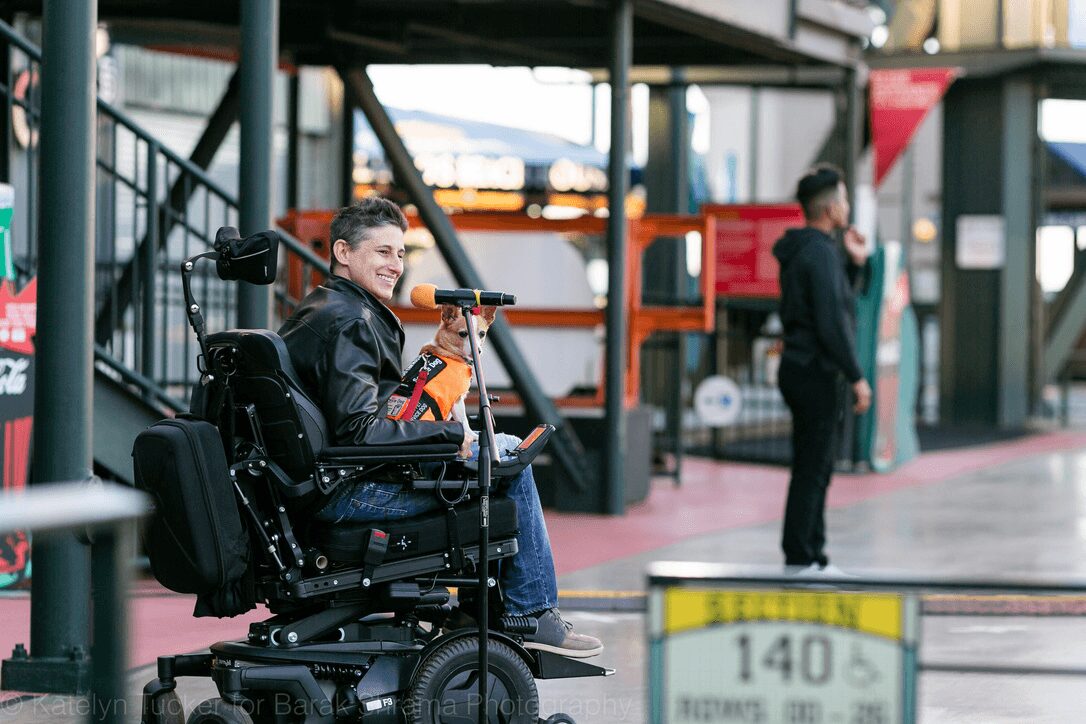
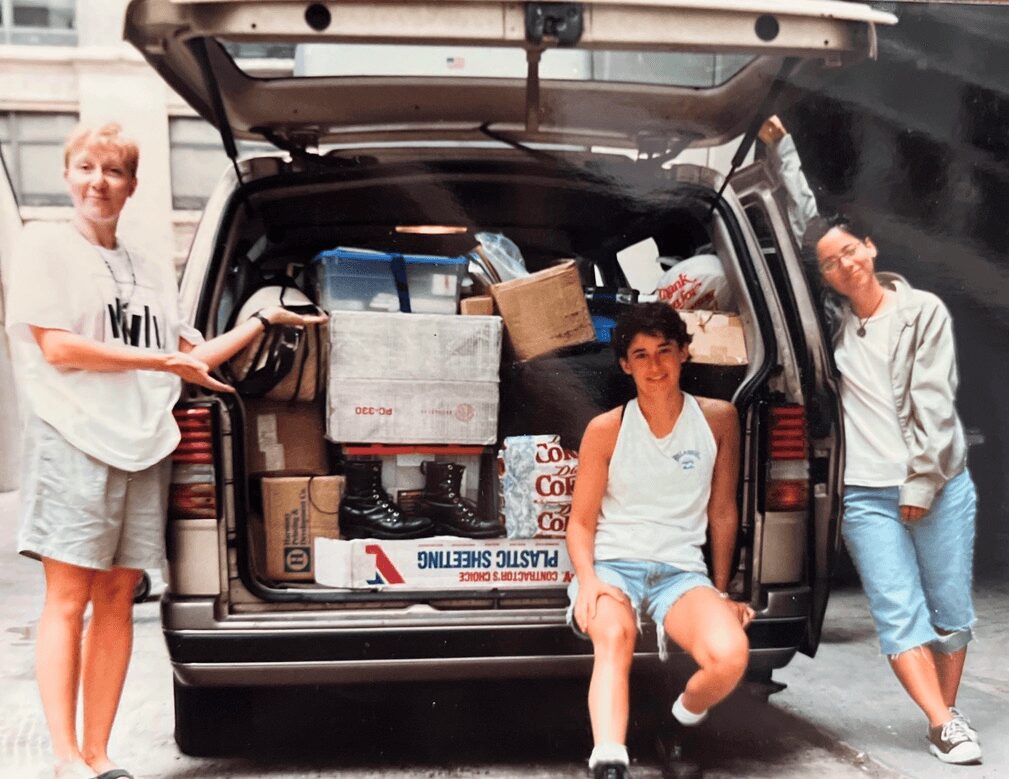
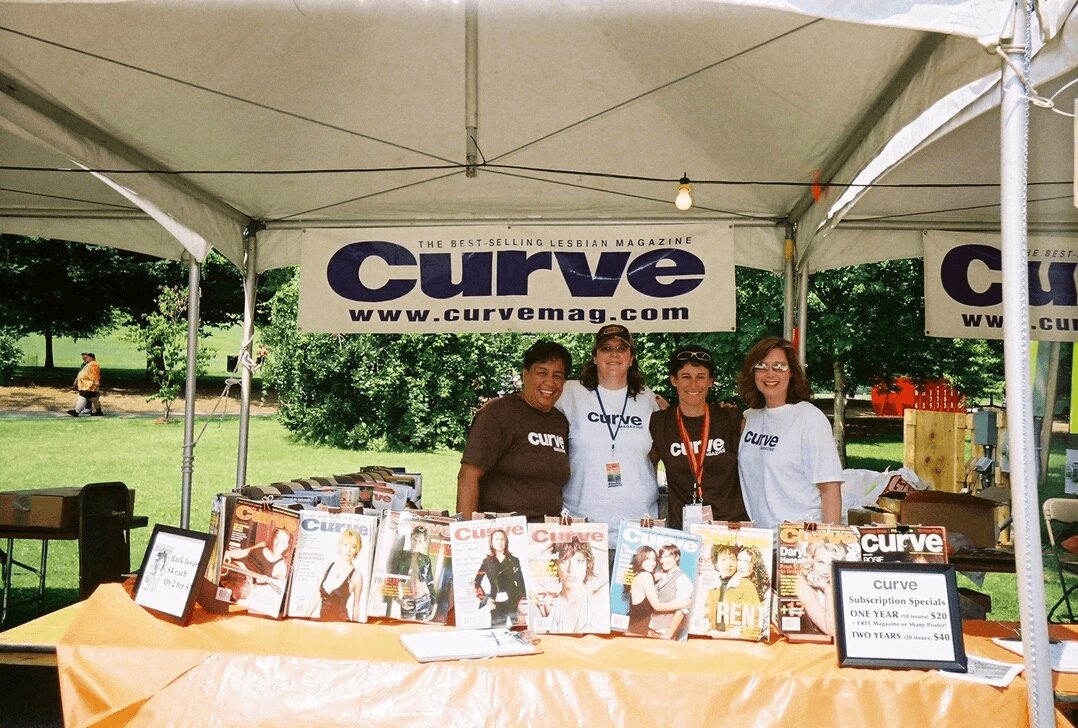
Image Credits
Barak Shrama, Cheryl Mazak


